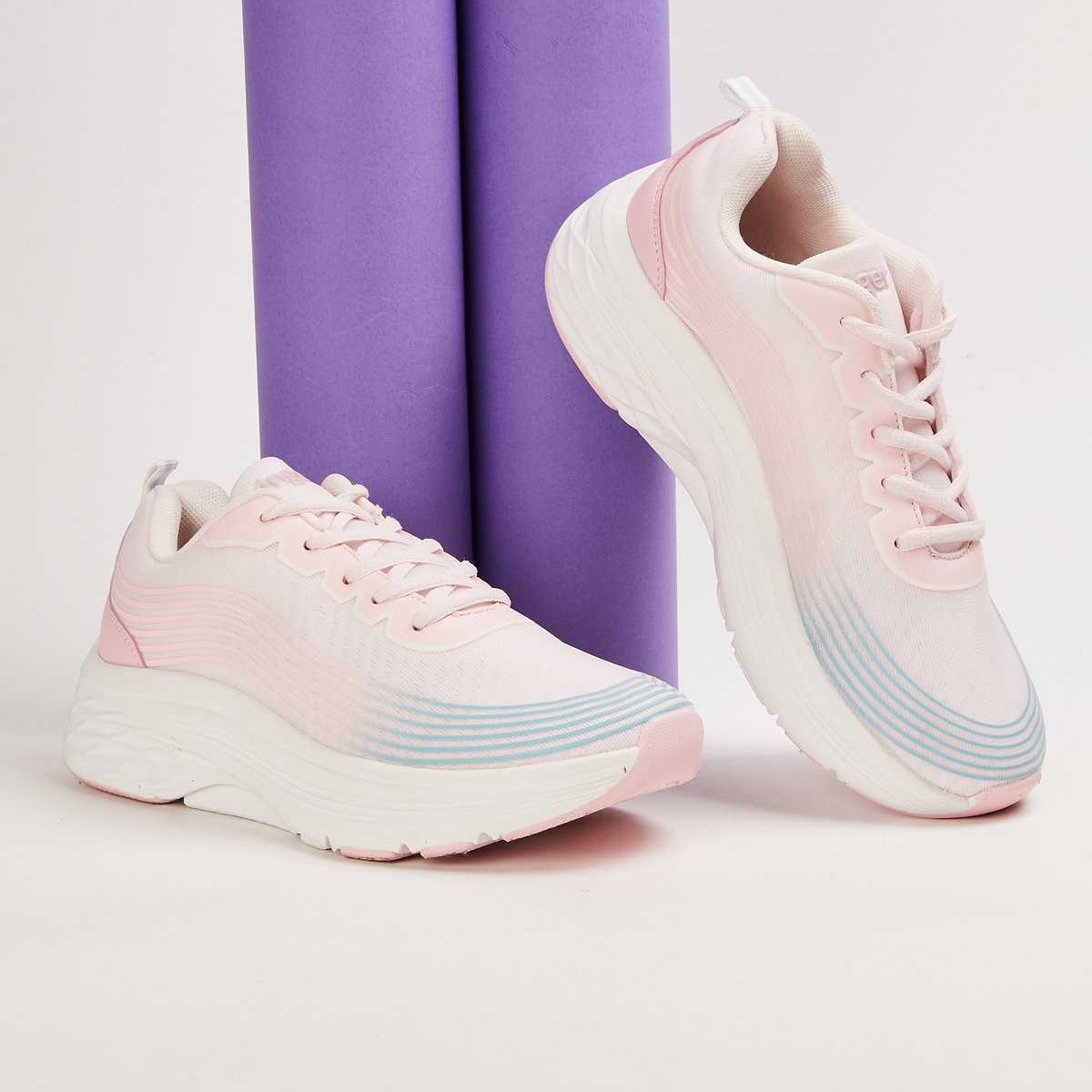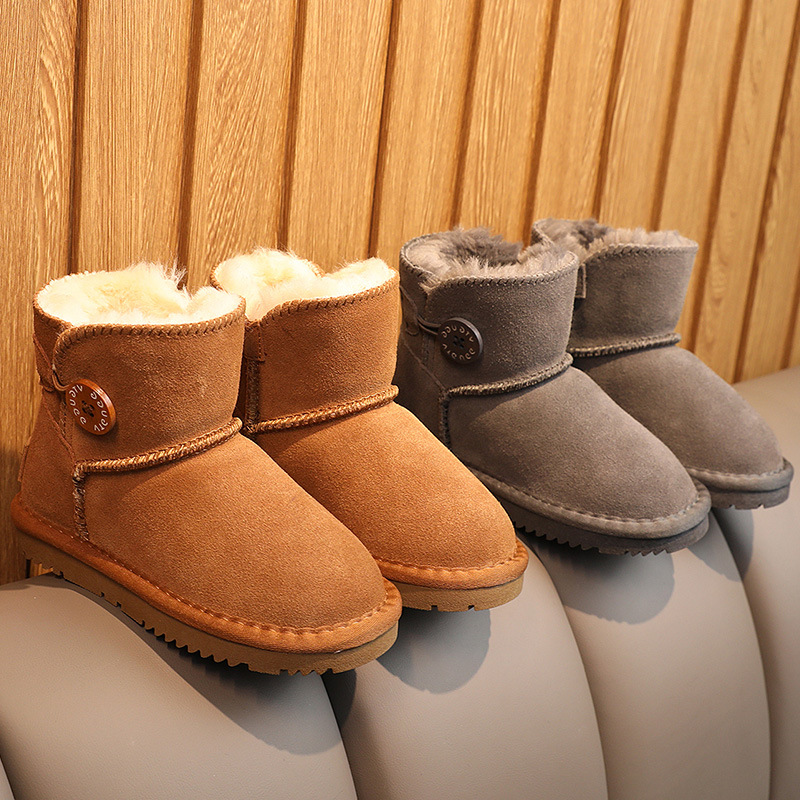Creating detailed blueprints for shoe outsoles is a crucial step in the shoe manufacturing process. These blueprints are an important guide for designers, engineers and manufacturers to ensure that footwear meets the desired fit, comfort and functionality. Here are the main reasons why an outsole blueprint is crucial:
1. Precision and Accuracy: Outsole blueprints provide precise measurements and specifications of the bottom surface of the shoe. They enable manufacturers to create shoes that meet the highest standards in terms of design and size.
2. Quality Control: A comprehensive blueprint enables the manufacturer to closely monitor and control the quality of the outsole. They ensure that the final product meets the expected standards of design, durability, traction and aesthetics.
3. Efficient Manufacturing Process: Well-documented outsole blueprints streamline the manufacturing process by minimizing errors and reducing production time. They improve communication and coordination between the different departments involved in production, ensuring efficient design implementation.
4. Consistency and reproducibility: Outsole blueprints establish the standard for consistent shoe production. Manufacturers can replicate successful designs, maintaining consistent look, function and performance across multiple shoe iterations or production runs.
5. Collaboration and communication: Blueprint acts as a common language for collaboration and communication among designers, engineers, pattern makers, and manufacturers. They facilitate the exchange of ideas, clarification and revision, fostering a cohesive and collaborative work environment.
6. Cost optimization: Accurate blueprints minimize material waste and optimize resource allocation during production. Manufacturers can make informed decisions about material selection, cutting patterns, and estimated quantities for cost-effective production.
In conclusion, creating outsole blueprints is critical for precision, quality, efficiency, consistency, collaboration, and cost optimization in the footwear manufacturing process. Integrating these blueprints can enhance design capabilities, improve manufacturing outcomes, and deliver quality products to customers. As a customer, you can rest assured knowing that the shoes you are purchasing were manufactured under strict quality control measures. For partners and colleagues in the manufacturing process, the use of comprehensive blueprints supports effective communication, collaboration, and cost optimization. Ultimately, creating outsole blueprints will benefit all parties involved in the production process.









